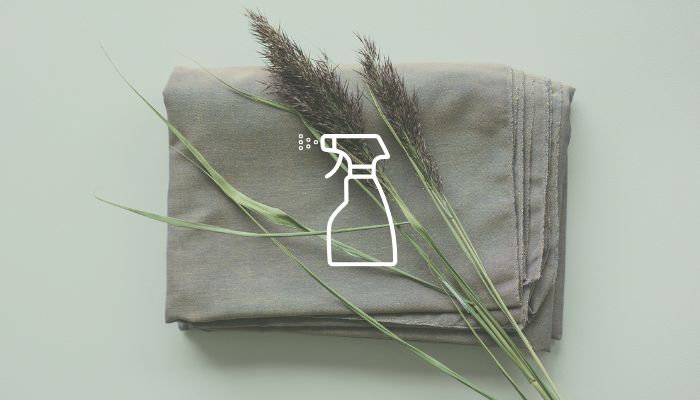Technical textiles - focused on solutions
Almedahls specialises in customised textile solutions for public spaces, offering fabric with function that enhances acoustics, provides sun protection, and adds decorative interior accents. With a strong commitment to sustainability and functionality, our technical fabrics are designed to enrich every environment.

Our core solutions

Acoustic
Enhance the auditory experience in public spaces with textiles.
By blending advanced data analysis with innovative design, we craft tailored acoustic textile solutions that deliver exceptional comfort and sound quality. We call it AlmedalHz™.
Discover how Almedahls can transform room acoustics for your next project.

Daylight
Effective light regulation is crucial for productivity and wellbeing. Our daylight solutions soften natural light, reduce glare, and ensure energy-efficient spaces.
Explore how we meet European standards for daylight in buildings (EN17037).

Hygiene
Simplify textile selection for care environments with our hygiene classification system.
Designed to meet the highest standards of cleanliness and functionality, our system ensures effortless compliance. From basic cleaning requirements (Class 0) to sterile environments (Class 3), we have every need covered.
Explore our range today and find the perfect solution for your care environment.

Visual Wellbeing
Transform spaces with textiles that inspire and calm. From organic patterns to versatile colour palettes, our designs balance function and aesthetic appeal.
Understand how colour, texture, and pattern shape environments.